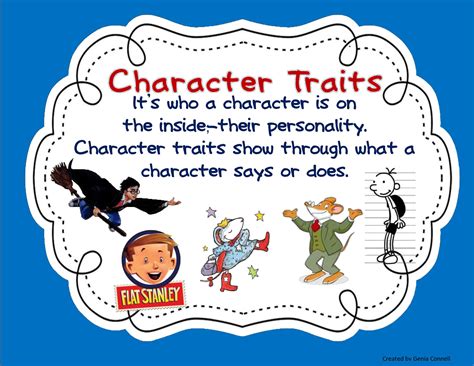Anatomy Of Lies

The concept of lies and deception has been a pervasive aspect of human interaction throughout history. From ancient mythologies to modern-day politics, the art of dishonesty has been employed to manipulate, deceive, and influence others. However, the anatomy of lies is a complex and multifaceted phenomenon that involves various psychological, social, and cognitive factors. In this article, we will delve into the intricacies of lies, exploring their types, motivations, and consequences, as well as the methods used to detect and prevent them.
Key Points
- Lies can be categorized into different types, including white lies, black lies, and gray lies, each with distinct motivations and consequences.
- The motivations behind lies can range from self-protection and social conformity to financial gain and emotional manipulation.
- Detecting lies requires a combination of verbal and non-verbal cues, including inconsistencies in storytelling, body language, and tone of voice.
- The consequences of lies can be severe, including damaged relationships, loss of trust, and financial repercussions.
- Preventing lies involves promoting a culture of honesty and transparency, as well as encouraging open communication and empathy.
Types of Lies

Lies can be categorized into different types, each with distinct characteristics and motivations. White lies, for instance, are minor exaggerations or distortions of the truth, often used to avoid hurting someone’s feelings or to maintain social harmony. Black lies, on the other hand, are deliberate and malicious falsehoods intended to deceive or manipulate others for personal gain. Gray lies occupy a middle ground, involving a mix of truth and falsehood, often used to achieve a specific goal or to protect oneself from harm.
Motivations Behind Lies
The motivations behind lies are diverse and complex, ranging from self-protection and social conformity to financial gain and emotional manipulation. In some cases, lies may be used to avoid conflict or to maintain a positive self-image. In other instances, lies may be employed to achieve power or to exploit others for personal benefit. Understanding the motivations behind lies is crucial in detecting and preventing them, as it allows us to identify potential vulnerabilities and to develop effective countermeasures.
| Type of Lie | Motivation |
|---|---|
| White Lie | Social conformity, avoiding hurt feelings |
| Black Lie | Personal gain, manipulation, exploitation |
| Gray Lie | Protection, self-preservation, achieving a goal |

Detecting Lies

Detecting lies requires a combination of verbal and non-verbal cues, including inconsistencies in storytelling, body language, and tone of voice. Liars often exhibit nervous behavior, such as fidgeting, avoiding eye contact, or using defensive language. They may also display inconsistencies in their narrative, such as contradictions or omissions, which can indicate deception. Additionally, liars may use manipulative language, such as gaslighting or minimization, to distort reality and avoid accountability.
Consequences of Lies
The consequences of lies can be severe, ranging from damaged relationships and loss of trust to financial repercussions and social ostracism. When lies are exposed, they can lead to feelings of betrayal, anger, and hurt, which can be challenging to repair. Furthermore, lies can have long-term effects on our mental and emotional well-being, contributing to anxiety, depression, and stress. By understanding the consequences of lies, we can appreciate the importance of honesty and transparency in our personal and professional lives.
What are some common signs of lying?
+Common signs of lying include inconsistencies in storytelling, nervous behavior, and manipulative language. Liars may also exhibit defensive body language, such as crossing their arms or avoiding eye contact.
How can we prevent lies in our personal and professional lives?
+Preventing lies involves promoting a culture of honesty and transparency, as well as encouraging open communication and empathy. By fostering a safe and supportive environment, we can encourage individuals to be more truthful and authentic in their interactions.
What are the consequences of lies in relationships?
+The consequences of lies in relationships can be severe, leading to feelings of betrayal, anger, and hurt. Lies can damage trust, erode intimacy, and ultimately destroy relationships. By prioritizing honesty and transparency, we can build stronger, more resilient relationships.
Meta description: Explore the anatomy of lies, including types, motivations, and consequences. Learn how to detect and prevent lies, and discover the importance of honesty and transparency in our personal and professional lives. (149 characters)
Related Terms:
- anatomy of lies episodes
- anatomy of lies reviews
- anatomy of lies podcasts
- United States
- Breath of Fire (TV series)
- Anatomy of lies season 1



